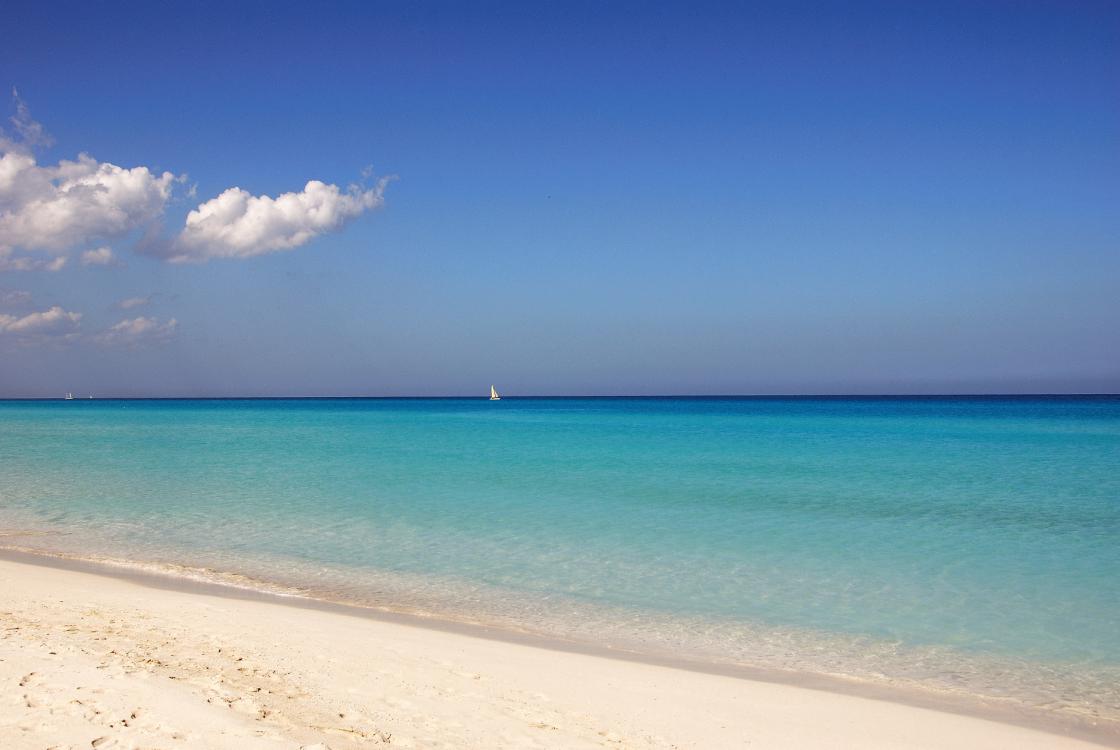By Arch Ritter
The Bahia de la Habana has been a centre for international shipping and trade since the early 1500s. It served as a haven from storms and pirates, a fortification against the British, a provisioning center and a gathering point for the Spanish fleet sailing between Seville and Cadiz and the ports of the New World. It is still a hard-working port, handling much of Cuba’s container and bulk shipping, as well as naval installations, cruise ship facilities and industry. After almost 500 years as a working port, however, it appears to be in the process of transformation to a modified and redeveloped tourist and transport center.
“His Britannic Majesty’s Land Forces Taking Possession of Havannah (sic.), August 14, 1762 and Sloops of War Assisting to Open the Booms” Artist: Philip Orsbridge. Less than a year after Havana was captured by the British in the Seven Years War it was returned to Spain in exchange for Florida by the Treaty of Paris. By the same treaty, France chose to retain Guadalupe and Martinique in exchange for Quebec which went to the British.The Oficina del Historiador de La Habana, established in 1938 by Dr. Emilio Roig de Leuchsenring for the restoration of historic Havana has played a vital role in restoring Old Havana under the leadership of Eusebio Leal Spengler in 1967. His work has been exemplary, and the historical quarter certainly deserves its UNESCO designation of “World Heritage Site”, awarded in 1982. The restoration and preservation of historic Havana continues to radiate out from the Cathedral quarter and now includes the Plaza Vieja and various locales alongside the Avenida del Puerto to the Iglesia San Francisco de Paula.
It now appears that the whole port area has been designated as a development zone. The old derelict wharves and warehouses are being dismantled and removed. The Arts and Crafts Market has been transferred from close to the Cathedral to the old Almacenes San José into the interior of the port, which have been restored and renovated. New hotels such as the Armadores de Santander have opened. The new Russian Orthodox Church is in this areas as well
Bahia de La Habana
Removing Derelict Wharves, February 2011, Photos by Arch Ritter
Furthermore, the container port and much of the bulk shipment port will be moved to a new facility in the excellent harbor at Mariel, 50 kilometers west of Havana, which will also generate some regional development impulses in that region. The old Havana petroleum refinery, formerly owned by Esso and Shell, will shut down when to the new refinery in Cienfuegos opens. And the electrical generation plant at the edge of the port, a heavy air polluter for the capital, will relocate to Matanzas. In time, the serious pollution of the port will be reduced, and one hopes cleaned up definitively. [For a glance at current pollution in the harbor, check this web site: Pollution from the Oil Refinery]. This will be an expensive process taking many years. It is also likely that there are significant toxic residues in much of the land used for industrial purposes for past decades. Cleaning this up also will be costly and time-consuming.
At this time, there seems to be no master-plan for the development of the harbor region available to the public. However, there was some talk in February 2011 of such a plan becoming available in May of 2011.
In time, it is expected that new hotels will ring part of the harbor. With normalization of relations with the United States, the port of Havana also will become a key destination for virtually all of the cruise ships entering the Caribbean region. Quick access to Casablanca and the fortifications on the east side of the harbor will likely be provided with transit by improved cross-harbor ferryboat. One could imagine as well circum-harbor excursion ferry boats plying a vigorous trade. With normalization of travel between the United States and Cuba, high-speed hydrofoil passenger transportation and normal traditional ferry boat service from Key West and Miami to Havana will likely be established, providing further stimulus to the port area. A good deal more of the area around the port thus will become an attractive tourist, commercial and perhaps residential zone. It may also be possible that office complexes are eventually developed in the area as well, shifting part of the commercial center of gravity of Havana from the far west back to the harbor zone.
If the redevelopment of the harbor area proceeds with the same deliberativeness as the restoration of Old Havana, we can anticipate a fine citizen- and tourist-friendly extension of the Old Havana zone southwards into the Baha de La Habana and across the harbor to Casablanca, Regla and the Fortaleza San Carlos de la Cabana area.
[Note: The basic idea for this note came from Omar Everley Perez, Centro de Estudios sobre la Economa Cubana on March 8, 2011]
New Artisanal Center at the restored Almacenes San José, Avenida del Puerto, Photo by Arch Ritter, February 2011
 Russian Orthodox Church, Avenida del Puerto, Photo by Arch Ritter, March 2008
Russian Orthodox Church, Avenida del Puerto, Photo by Arch Ritter, March 2008

















